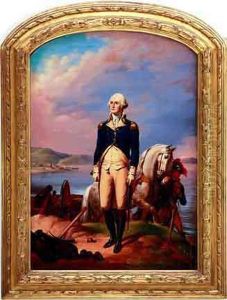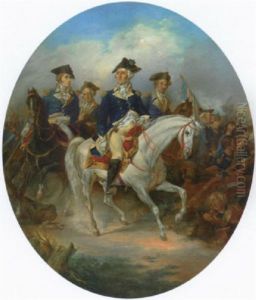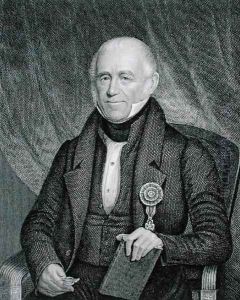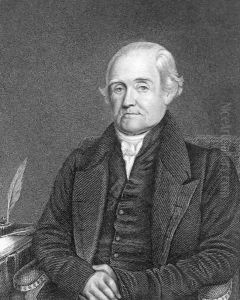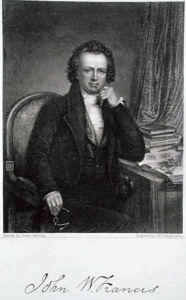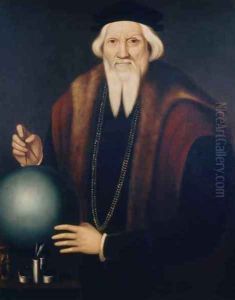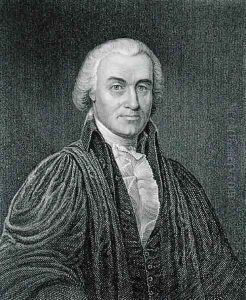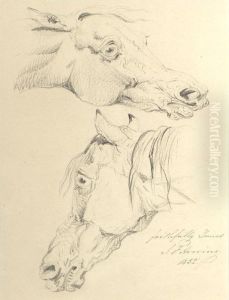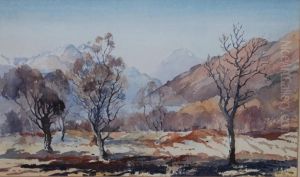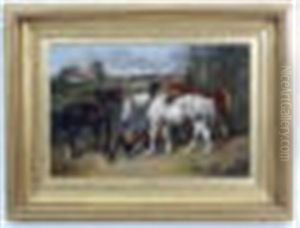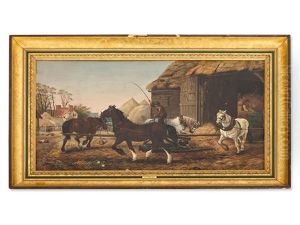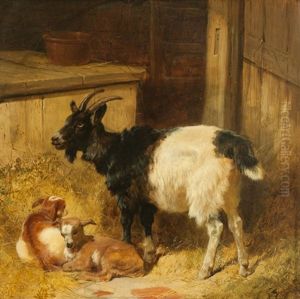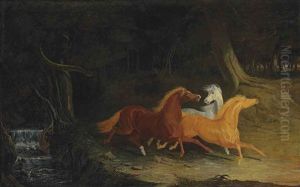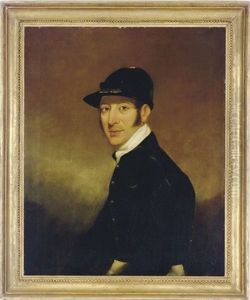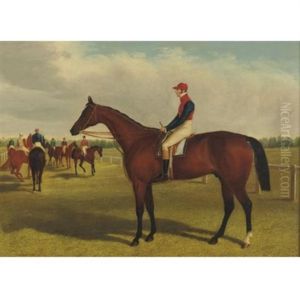Herring, James Paintings
James Herring was an American artist, best known for his work as a portrait painter and for his role in the early American art scene. Born in 1795 in London, England, Herring immigrated to the United States at a young age, where he would go on to make significant contributions to American art culture.
Herring settled in New York City, where he established himself as a skilled portraitist. His portraits were well received, and he gained a reputation for his ability to capture the likeness and character of his subjects. Herring's work was characterized by a strong attention to detail and a commitment to realism, which was typical of the era's portrait painting.
Beyond his work as a painter, Herring made a lasting impact as a founder of the American Art-Union in 1839. The Art-Union was an organization that played a pivotal role in promoting American artists and their work by commissioning pieces, purchasing artworks to distribute to its members through a lottery system, and fostering a greater appreciation for the arts in the United States.
Herring also collaborated with John Neagle to publish the 'National Portrait Gallery of Distinguished Americans,' a multi-volume collection of biographies and engraved portraits of notable figures in American history. This publication was significant in that it documented and celebrated American achievement and contributed to the nation's cultural heritage.
Herring's contributions to the art world were not only through his own artworks but also through these efforts to support and promote the arts within the United States. His endeavors helped lay the foundation for future generations of American artists and the growth of artistic institutions in the country.
James Herring passed away in 1867, leaving behind a legacy as both an artist and a promoter of the arts. His portraits continue to be studied and appreciated for their historical value and artistic merit, and his influence can still be seen in the American art community.
